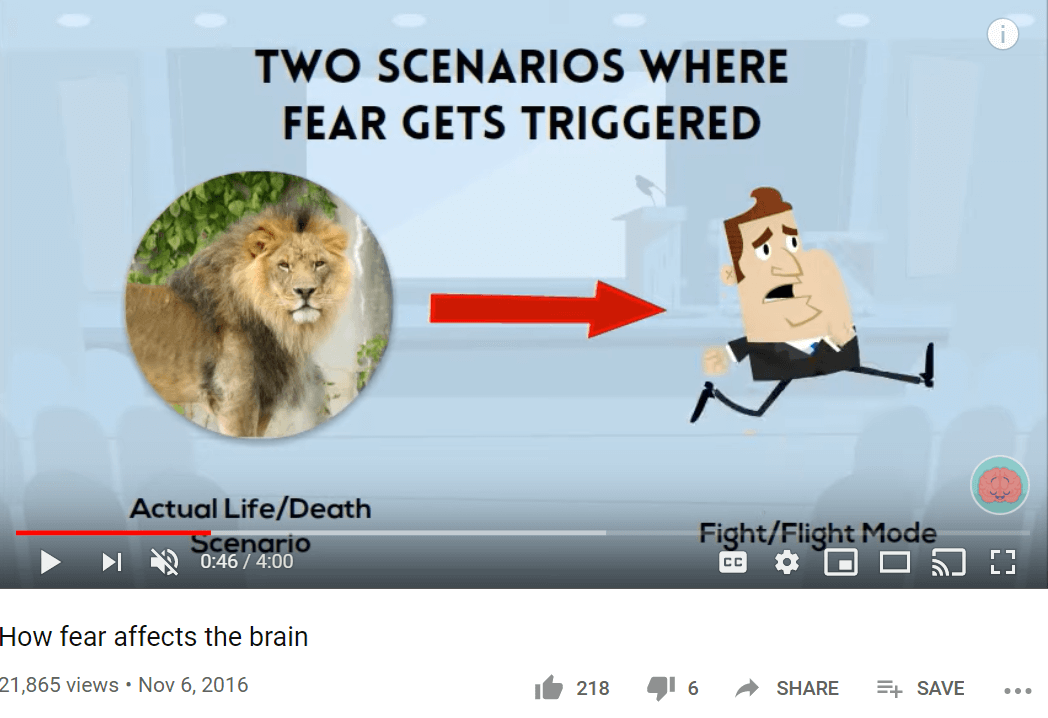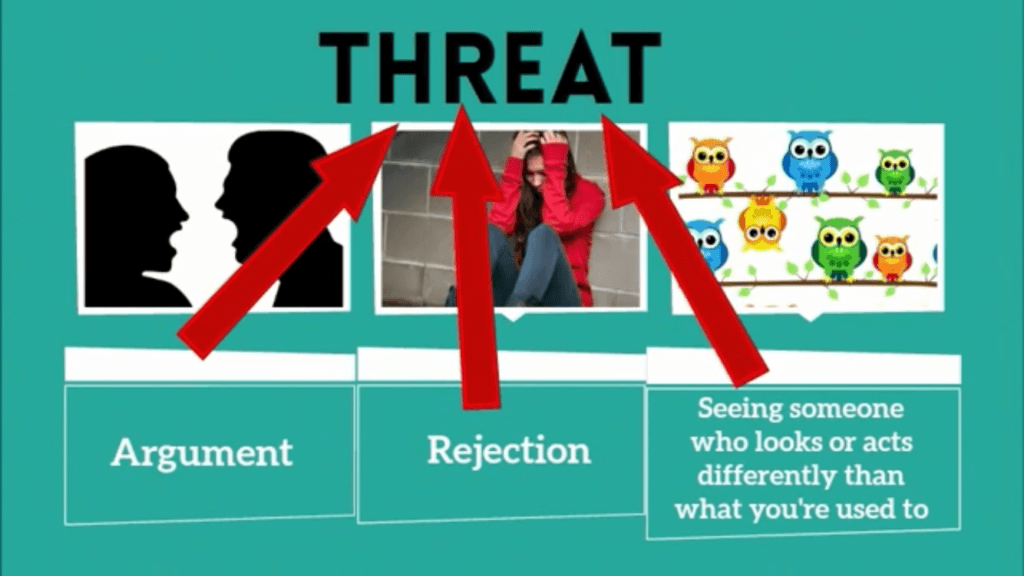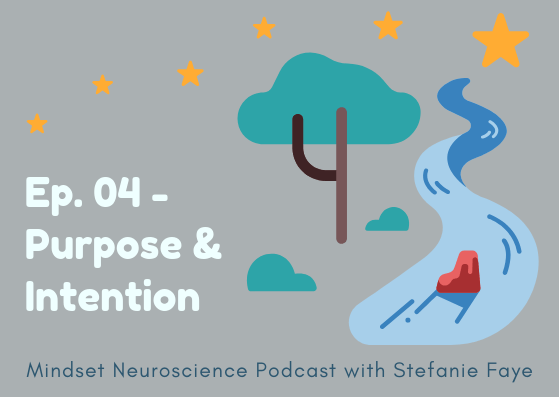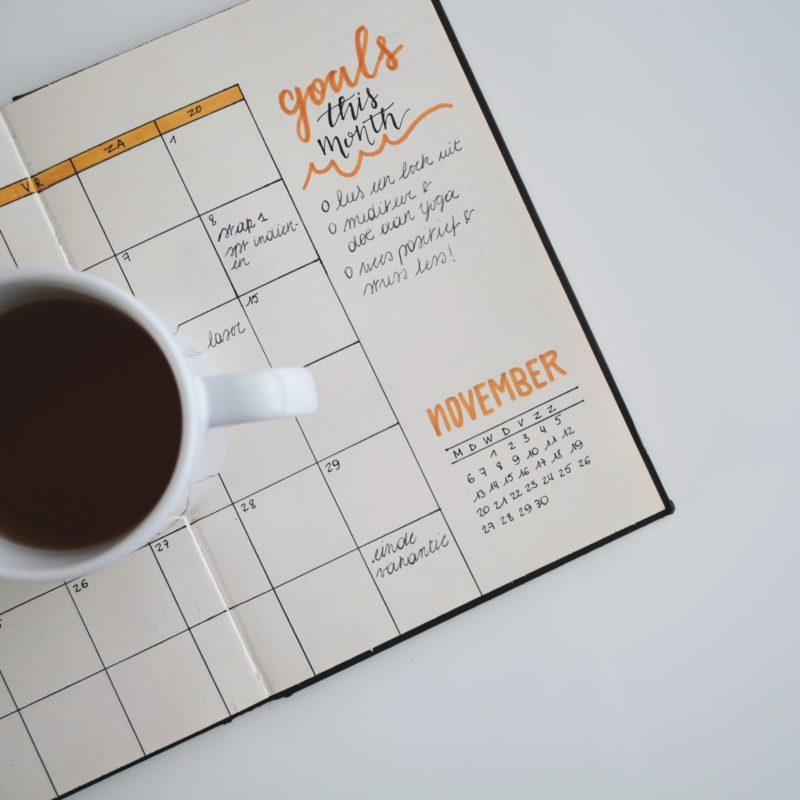
"We don't passively forget that something is scary.
We actively learn that it isn't anymore."
-Robert Sapolsky, Stanford neurobiologist and primatologist
This video is definitely an over-simplification of the concept of stress and fear...
it's not meant to be exhaustive, only a few-minute long spark to deeper reflection and conversations.
COMING SOON AS A FREE GIFT TO SUBSCRIBERS:
THE SELF-REGULATION & EMOTIONAL INTELLIGENCE BOOKLET
(make sure to subscribe if you want to get it as soon as it's ready!)
In the meantime, I recommend any articles or books by Bessel Van Der Kerk, Janina Fisher, Stephen Porges and Bruce Perry if you want more about the neuroscience and physiology of resilience as follow-ups.
Here are the three 'techniques' to help us override a hyperresponsive fear system:
1) Bottom-Up Behaviors: diet, exercise, seeking social support, animals, nature
2) Regulation Rituals: mental rehearsing of adaptive responses (while visualizing the situation or person that triggers anxiety); meditation, noticing our breath and sensations in our body
3) Mindset: The way we perceive our own stress affects what our response will be: if we notice a sensation in our body that indicates stress but we acknowledge our body is preparing us to have more 'energy' and that we can survive and problem-solve our way through the challenge, the actual physiology in our body changes.
This is in contrast to noticing sensations in our body and thinking something is wrong with us or that we can't handle what our body is doing - this type of fear triggers a different biological cascade of hormones that can keep us from using our problem-solving features and prefrontal cortex.

For more tools on how to help lower the harmful effects of stress and fear, watch:
The Neuroscience of Bravery:
3 ways to build brain circuits for courage and vulnerability


